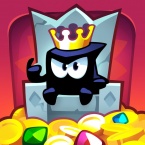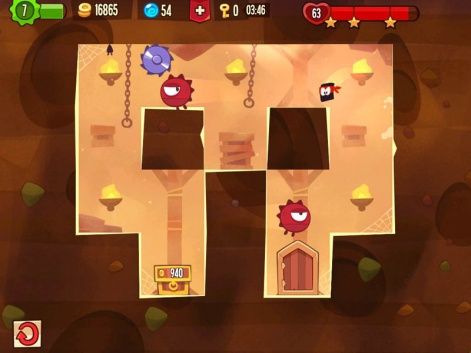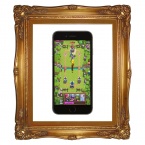Welcome to PocketGamer.biz's weekly rundown of the stories clocking up the hits, picking up the click-throughs and generally keeping the advertisers happy by serving up page views.
Or, if you'd prefer, the top five stories currently dominating our readers' attention.
Each week, we'll be counting down the biggest news from the previous seven days, giving just a glimpse of the industry's big issues, from five to one.
Handy for you, each headline in the list also allows you to click through to the article in full, so you can make sure you've not missed out on any of last week's big stories.
Click here to view the list »




















